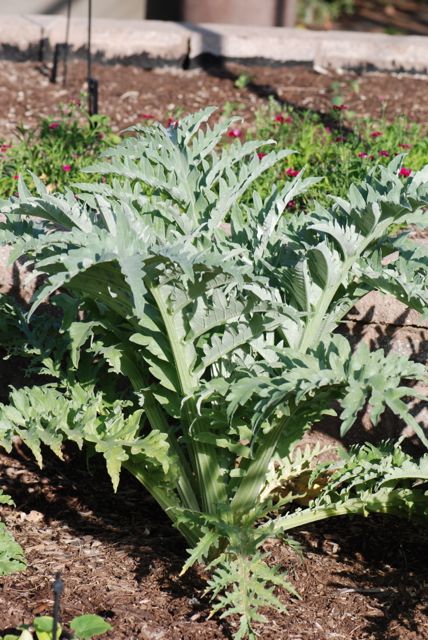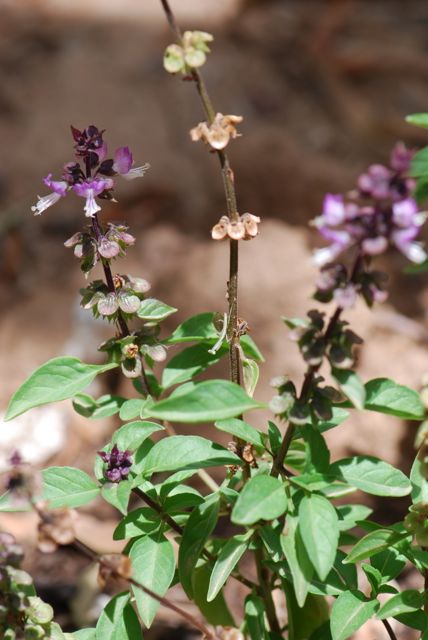A garden can be a wonderful learning experience. By giving your child the freedom to design his or her own space, a budget to work with and a few simple tools, you can have a project that builds a lifetime of skills and memories.
Planning a children’s garden can be done any time of year, but right now is a great time to get started.
What do you need?
Gardening is relatively simple. You need:
- Spot with at least 6 to 8 hours of full sun per day
- Soil
- Water
- Seeds and/or transplants
Of those three, the sunlight hours are often the most difficult to find. Because of the Earth’s tilt, the position of the sun changes with the seasons. Make sure the spot you have chosen isn’t shaded by trees, walls, or buildings throughout the day.
As for soil, you must decide if you are going to put the seeds or transplants into the ground, grow them in a container, or create a raised bed. Containers must be at least 8 inches in diameter.
Also, find out the growing season for your location. Check with local gardening organizations or your local Cooperative Extension office for planting dates.
Types of Gardens
Help your child decide on the type of garden he or she would like to plant. Does your child like vegetables? Then a kitchen garden would be perfect. Other types of gardens might be flower gardens or herb gardens. You might want to check our previous posts on theme gardens for ideas.
Beyond Planning
If you have had gardens in the past and want to expand your learning experiences even more, now is the time to plan garden activities, too. These days there are a number of websites and organizations devoted to gardening with children and often they have free curricula.
Your local Cooperative Extension office is likely to have information about gardening with children. For example, the University of Illinois Extension has a Planning My Garden area for kids with information on how to grow different plants just a click away. PBS has information/ideas about gardening with children and KidsGardening.org has a wonderful gardening activities.
If you want to be part of an organization, take a look at the Cooperative Extension’s Junior Master Gardener Program. They have curricula for sale.
Budgeting for Seeds
The next step for planning is to develop a seed budget and order seeds.
Here are some links to seed company websites. Most are still willing to send a paper copy of their catalogs, if you want one. These are a few that came to mind, no endorsement is implied. Note: Many of these websites also have a wealth of information about gardening.
Gurney’s Seed and Nursery Company
Please let us know if you have any questions.












